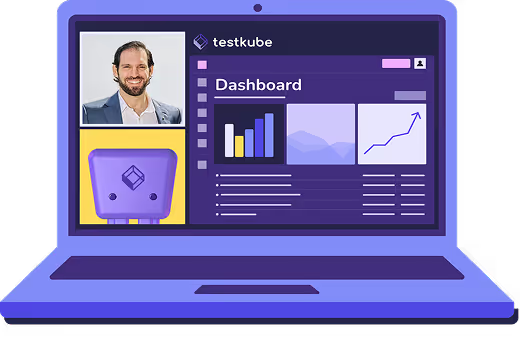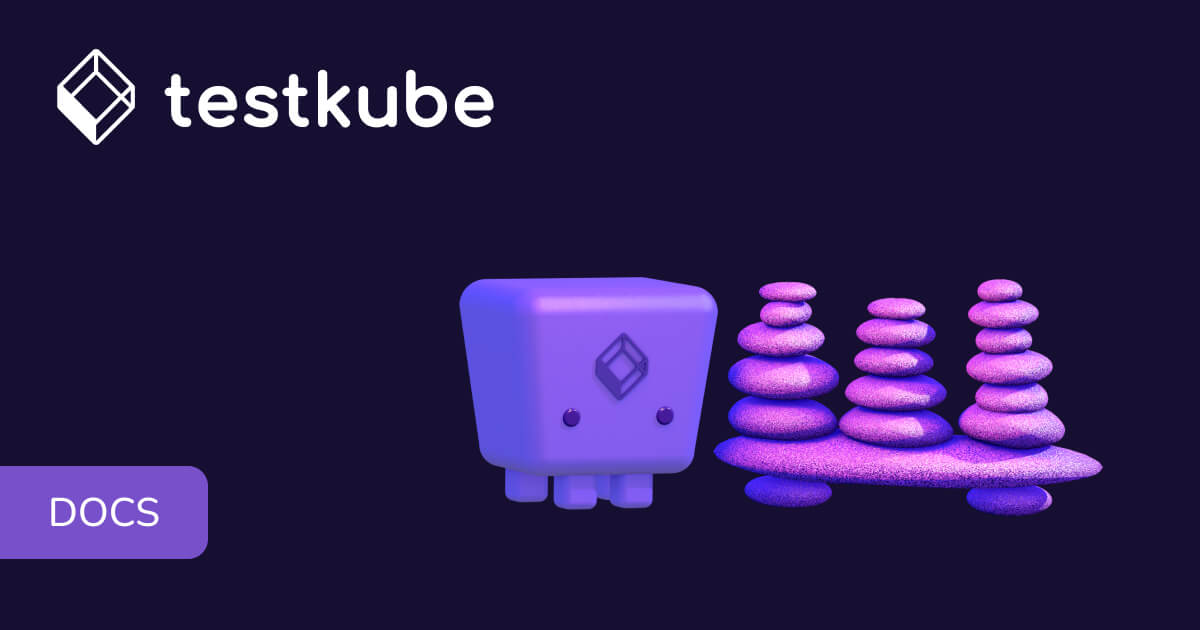Table of Contents
What Does Cypress Mean?
Cypress allows developers to simulate real user interactions in the browser to validate frontend workflows. Unlike traditional Selenium-based tools, it runs directly inside the browser, providing native access to the DOM and application state.
Key Cypress features include:
- Automatic waiting – reduces flaky tests from timing issues
- Real-time reloading – tests update as code changes
- Time-travel debugging – step through test execution visually
- Network traffic control – stub, mock, and spy on API calls
- Screenshot and video capture – document test runs for debugging
Cypress is particularly effective for testing single-page applications (SPAs), progressive web apps, and modern frameworks like React, Angular, and Vue.
Why It Matters
Cypress has become a popular choice for frontend testing because it:
- Simplifies setup compared to Selenium
- Reduces flakiness with automatic waits and built-in retries
- Speeds up debugging with time-travel snapshots and video capture
- Improves developer productivity by integrating seamlessly with modern workflows
For DevOps teams using Kubernetes and CI/CD, Cypress offers fast, reliable validation of critical user-facing workflows.
Real-World Example
- An e-commerce team uses Testkube to run Cypress tests for search, checkout, and payment flows across staging environments on each code push.
- A SaaS company tests onboarding, dashboard interactions, and role-based permissions with Cypress to ensure consistent user experiences.
How Cypress Works with Testkube
Testkube makes it easy to run Cypress tests in Kubernetes by:
- Executing Cypress test suites inside Kubernetes clusters for environment parity
- Automating E2E tests as part of CI/CD pipelines
- Scaling tests across environments with centralized reporting and artifacts
- Supporting integrations with other testing frameworks and observability tools





